Etihad Museum
Where Unity Speaks Through Time and Glass
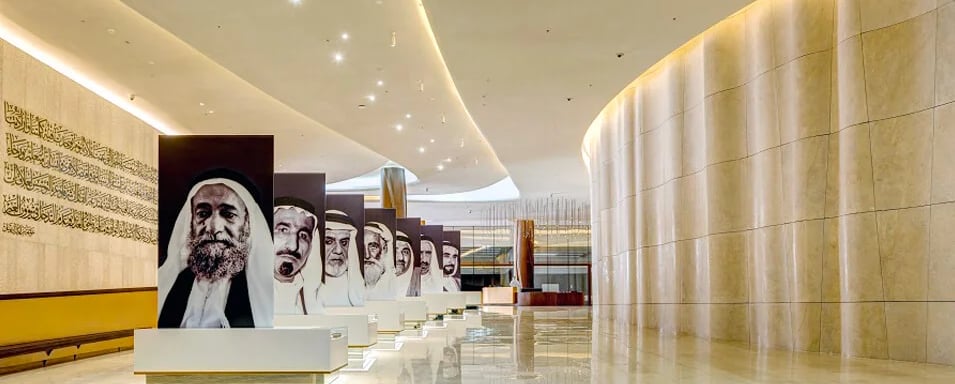

A Monument Written in Glass and Marble
The Etihad Museum is more than a repository of relics; it is a grand architectural poem. Nestled on Jumeirah Road, adjacent to the historic Union House, its sculptural canopy appears to float above a reflecting pool and public plaza. The elegant, undulating roof mimics the curvature of an unrolled parchment—the symbolic charter of unity. Below that roof stand seven slanted golden pillars, each a stylized pen, paying homage to the founding fathers who inscribed the UAE’s destiny on December 2, 1971.
Moriyama and Teshima Architects conceived this museum as a single-story manuscript in form, referencing the chapter of transition from separate emirates to a united federation. Light filters through glass fins that pierce the façade, designed not only for aesthetic grace but also to temper the desert glare—shading the interior and reducing solar gain under 18 percent transmission. The interplay of traveartine marble flooring, carved bronze filigree, and wooden columns invokes both tradition and progress.
Subterranean Galleries: A Journey Beneath the Surface
Descending into the museum, visitors are led into a sequence of themed pavilions. Eight permanent galleries, anchored by the original Union House at the end of the route, recount the nation’s story through immersive exhibits, holographic displays, interactive maps, and poignant artifacts such as founding documents, traditional attire, passports, and more.
An atmospheric theater and auditorium—built underground—host documentaries, lectures, and cultural performances. Suspended stairways and terraces echo Arabic calligraphy in their sweeping, ritualistic flow. Daylight trickles in via sculpted lightwells, creating an ambiance of quiet reverence .
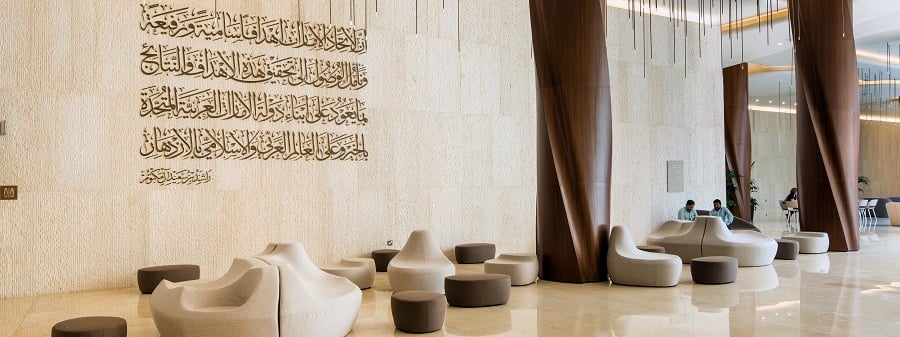

Chronicles of Union: Exhibits as Experience
From the first film screening that orients visitors to the concept of Emirati identity, to telling the intricate story of negotiations and coalition-building, each pavilion unfolds like chapters in a book. Early displays transport the visitor into the era before 1971, tracing economic development, colonial navigation, and the gradual seedling of shared vision.
Interactive installations allow exploration of pivotal moments—such as the symbolic raising of the first UAE flag, the signing of the constitution, and the legacy carried forward by the leaders from disparate emirates. Panels reveal hidden details: that nine founding rulers convened, that Ras Al Khaimah joined two months later, and that constitutional design focused on enduring welfare, freedom, and innovation.
Union House: Where History Lingers
At the heart of the experience lies the Union House—the historic round structure where the founding fathers signed the federal agreement. Preserved in situ, it offers an emotional experience akin to time travel. The original room feels hushed and solemn; even without dramatic frills, its presence speaks volumes. It is where visionary choice became lived reality.
Architecture as Reflection, Not Just Shelter
It’s no accident that the museum’s design weaves symbolism into its DNA. The pens, the parchment roof, the lightwells, the pathways—they all articulate a story of unity, reflection, and progress. Werner Sobek’s engineering ensured that sculptural glass fins not only direct light but also contribute structurally, bracing the sloping façade against wind and sun.
Underground spaces—galleries, classrooms, research centers—are seamlessly connected to the pavilion above, creating a cohesive campus of cultural depth. The surrounding landscape reinvents the reclaimed shoreline of 1971; the reflecting pool gestures to Jumeirah’s coastal origins
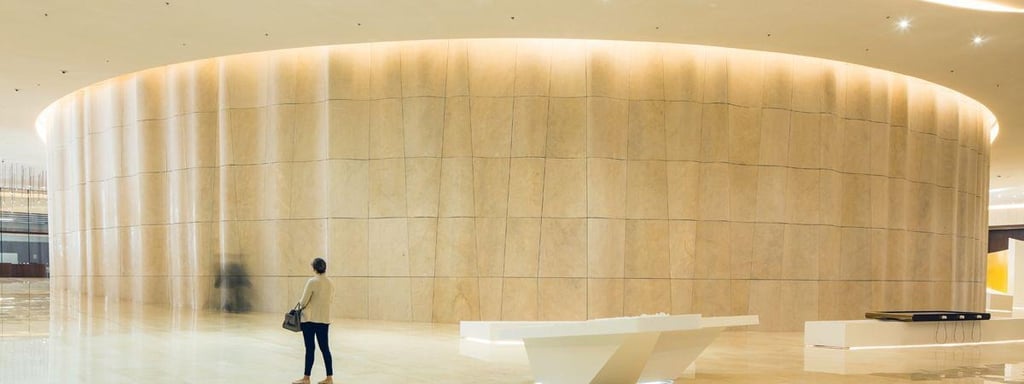

A Cultural Amphitheater: Dialogue Over Display
The Etihad Museum plays host not only to static exhibits but to dialogue and participation. A well-stocked library holds over 3,000 books and digital materials for scholars. Classrooms pulse with creative workshops. The auditorium has hosted film festivals, youth panels, and national dialogue series—beyond the usual tourist fare.
Temporary exhibitions rotate, approaching contemporary themes—heritage crafts, Emirati women’s journeys, or urban transitions—ensuring repeat visits reveal new layers and invite fresh conversation.
Atmosphere of Reverence and Contemplation
Inside, the air is hushed; polished marble floors reflect ambient light. An open planning strategy, without shared walls, allows exhibitions and lecture zones to flow—a fluid choreography. Bronze filigree and ceremonial space evoke a sense of gathering, while the light and shade through latticed screens echo tradition meets modernity.
Every turn—from projection surfaces to museum furniture—feels intentional. One almost expects the pens themselves to step forward, sketching the next sentence. It is a place that engages both intellect and heart.
Sustaining the Symbol: Eco‑Sensitive Crafting
The choice of marble and wood, the restraint in glazing, the buried halls—all reflect a respect for environment and location. No EURBAN footprint dominates. Active solar control ensures interior comfort without excessive energy use. A building of memory that thinks ahead .
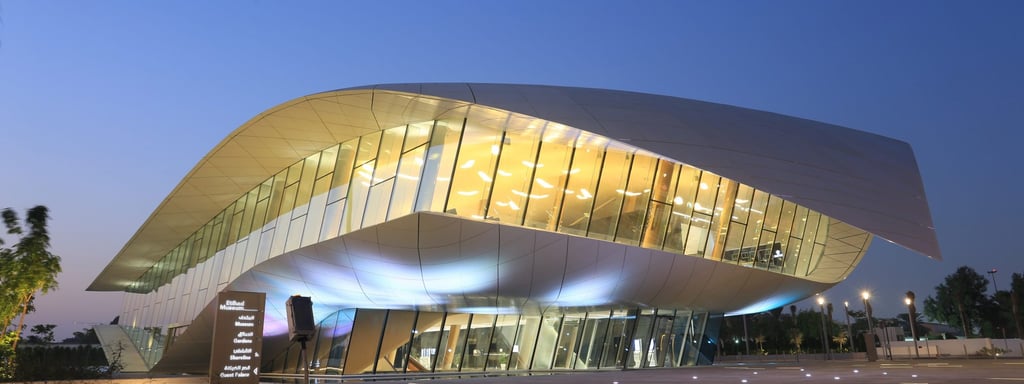

Practical Pathways: Your Journey Guide
The museum opens daily from 10 AM until 8 PM (last entry at 7 PM). The cost is modest—AED 25 for adults, AED 20 for groups (5+), AED 10 for students and youth, while children under five, UAE seniors, and people of determination enjoy free admission.
Guided tours set out at 11 AM, 1 PM, 3 PM, and 5 PM daily—immerse you entirely in context and narrative. Audio guides and recorded translations in major languages are available on request.
The museum is a mere stroll from Union and Al Jafiliya Metro stations via taxi or bus. There is a large underground car park free for visitors. Wheelchair access, elevators, and ramps are integrated throughout, making the museum widely accessible. A café and gift shop rest near the lobby, though during restoration programs their operation may vary.
When the Past Inspires Tomorrow
Visiting the Etihad Museum is more than revisiting 1971: it is a meditation on identity, cooperation, and possibility. Dubai—then one of many small sheikhdoms—hosted brothers and leaders who envisioned a federal nation. They negotiated, they pledged unity, and they chose progress. This is their legacy; the museum is its living testament.
Architecture, curation, experiential planning, public programming—they all converge into a single coherent narrative. One discovers the founders’ handshakes, the drafting of early laws, the shaping of constitutional rights—and sees that what was once ambition became nationhood.
Crafting Your Visit
Allow two hours for the full experience, or more if you linger in the galleries or join tours. Book tickets online or at the entrance; weekdays are less crowded. The best months to visit are October through April, when Dubai’s evenings are cool enough to enjoy the external reflection pool and landscaped gardens.
Photography for personal use is welcome, though tripods and professional setups require permission. Comfortable, respectful attire is recommended; the museum respects Emirati norms. Workshops for children often run during weekends, while conferences and talks occur seasonally—check the scheduling board in advance.
